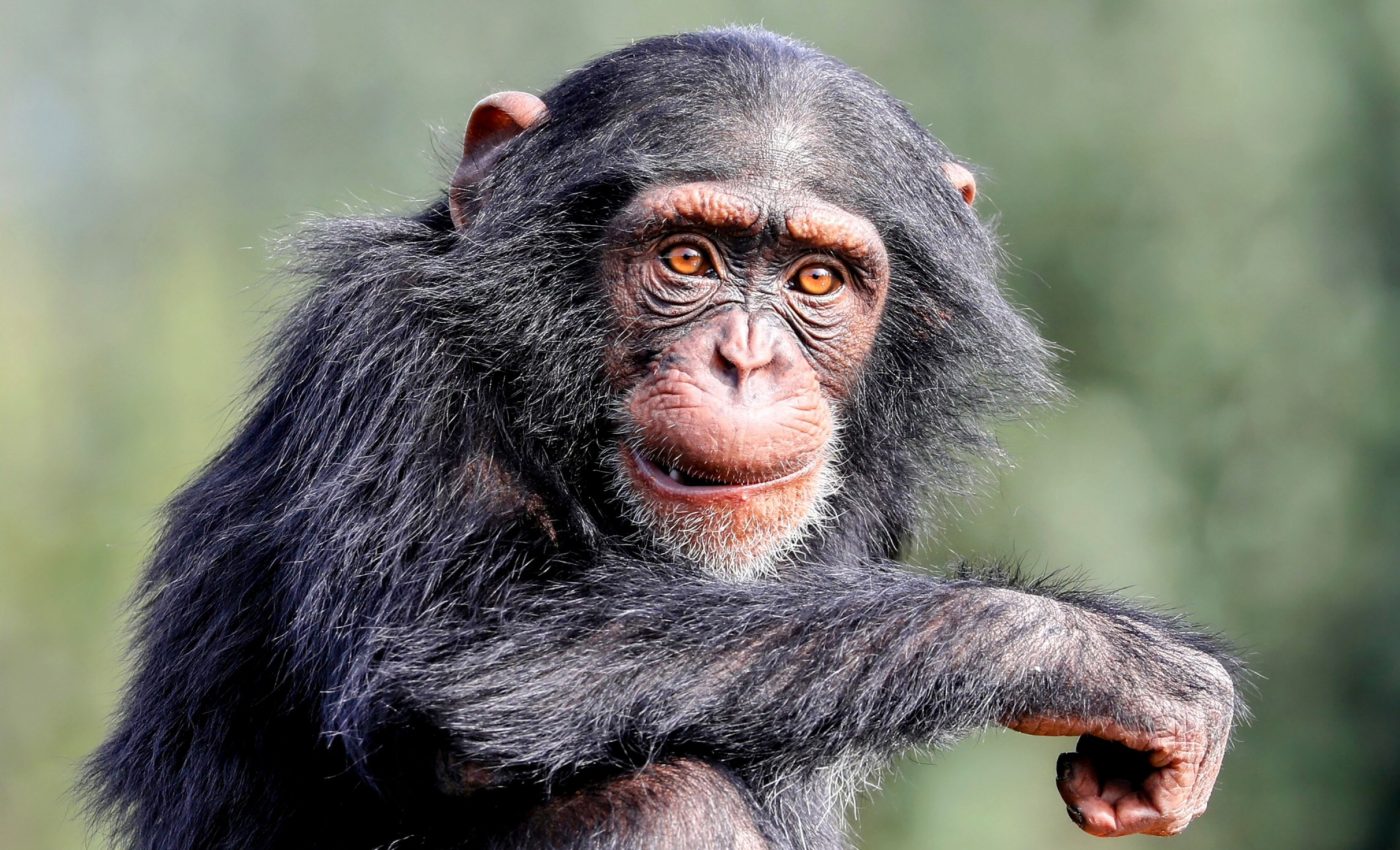
Apes use gestures similar to human body language
In our shared world of humans and apes, there is a bridge that extends far beyond our physical similarities. This connection lies in the realm of communication and gestures, a domain we’ve long believed to be a unique aspect of our humanhood.
But could it be that our primate cousins understand the nuances of communicative intention as we do?
Ape communication using gestures
The communication skills of great apes – like gorillas, orangutans, and chimpanzees – are fascinating and complex.
In the 1960s, renowned primatologist Jane Goodall observed apes using gestures to communicate. This marked the beginning of an ongoing discussion about primate communication.
A recent study has added a fresh layer to this dialogue. Researchers from the University of Warwick propose that apes understand the communicative goals behind each other’s actions – an ability which was thought to be unique to humans.
The findings mark a significant milestone in our understanding of ape communication.
Understanding the silent chatter
Just as we humans use body language along with words to communicate, apes too utilize body language to convey their intentions.
For instance, a baby chimp, reaching out its arms towards its mother’s back, communicates its desire to be carried. After all, the mother understands that her back is used for carrying.
But what’s the science behind this silent chatter? The researchers call it the “Recruitment View.” This term might sound complex, but its essence is simple: apes know what different parts of their bodies do and recruit these body parts to use as gestures for communication.
The debate over ape gestures
Over the years, two major perspectives have shaped our understanding of ape gestures. The “Leipzig View” proposes that apes learn gestures through repeated interactions, leading to differences in gestures between groups.
The “St Andrews View,” on the other hand, posits that these gestures are universal across all great apes, and thus they don’t need to be learned.
Now, enter the “Recruitment View.” This recent proposal suggests that apes use different parts of their bodies or familiar actions to convey messages.
Ape gestures are not random
“These gestures aren’t random – they’re using what they already know about their bodies to get a message across,” explained Dr. Richard Moore, associate professor at The University of Warwick.
Unlike us humans, apes heavily rely on clear physical cues to understand intentions. They use body movements or gestures to interpret the intentions of others. For example, apes may show a shoulder to be groomed or beckon another to move closer.
Evolution of human language
The capabilities of apes go beyond simple gestural communication; they also shed light on the evolution of human language.
“We see a link between the gestures apes use and the early forms of communication that may have eventually developed into human language,” said Dr. Moore.
However, there are differences too. Humans, unlike apes, can express complex ideas without needing such obvious physical cues.
The exploration of ape communication transcends mere academic curiosity; it opens doors to understanding cognitive processes in non-human species.
Human and primate cognitive development
By recognizing how apes use gestures with deliberate intention, researchers can draw parallels between human and primate cognitive development.
This comparative analysis offers insights into the neurological underpinnings of communication, suggesting that the cognitive abilities required for such interactions may be more widespread across species than previously acknowledged.
The findings compel us to reconsider the boundaries of cognitive science, prompting new questions about the evolutionary pathways that have shaped the minds of primates and humans alike.
Challenges in studying primate communication
Despite these advancements, studying primate communication is fraught with challenges that necessitate careful scientific scrutiny.
Variations in research methodologies, environmental conditions, and even researchers’ interpretations can impact findings.
Future research must aim for greater consistency and rigorous cross-species comparisons to validate existing models of communication.
Additionally, exploring the communicative capacities of a broader range of primate species could further illuminate the evolutionary trajectory of language.
By embracing technological advancements, such as brain imaging and AI analysis, scientists can deepen their understanding of primate cognition, paving the way for breakthroughs in unraveling the enigmatic origins of human language.
Gestures shared across ape species
One question that scientists have grappled with for years is why apes across different species and groups use similar gestures?
The researchers propose that the answer lies in shared actions and body parts. Since all apes have similar bodies and engage in similar activities, these gestures are easily understood across species.
In the end, it all boils down to this: the world of apes seems eerily similar to our own – at least in terms of communication.
The study is published in the journal Biological Reviews.
—–
Like what you read? Subscribe to our newsletter for engaging articles, exclusive content, and the latest updates.
Check us out on EarthSnap, a free app brought to you by Eric Ralls and Earth.com.
—–













